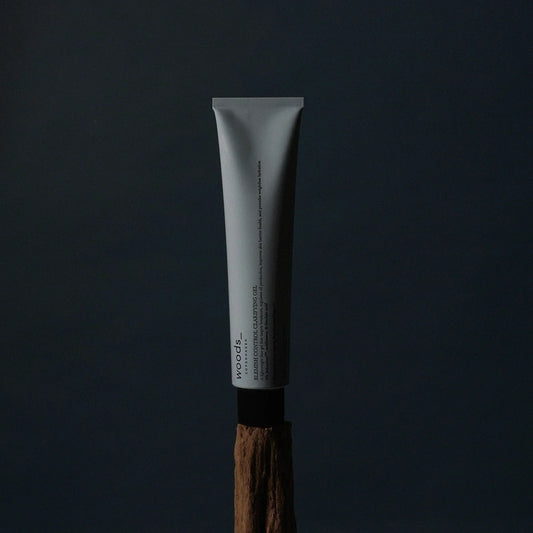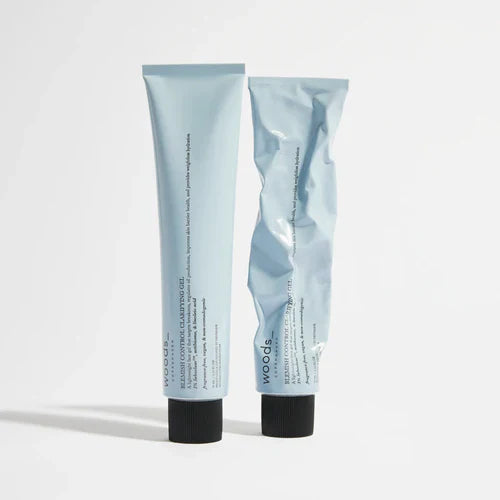What is hyperpigmentation?
Hyperpigmentation is a common skin condition characterized by patches of skin that become darker in color than the surrounding skin. This occurs due to an overproduction of melanin, the pigment responsible for the color of our skin, hair, and eyes. There’re several types and causes of hyperpigmentation, including sun exposure (UV rays), post-inflammatory hyperpigmentation (occurring after inflammation or injury to the skin), or hormonal changes/fluctuations (for example during pregnancy).
As summer often brings long days by the beach, picnics in the sun, and journeys in rising temperatures, many will experience the effects of the sun as the season comes to an end. Hyperpigmentation in the form of sunspots is a common reaction, and vitamin A can be effective at treating this UV-induced impact on the skin.
If you're curious or want to know more about the skin, you can learn even more about hyperpigmentation in our blogpost Hyperpigmentation: From cause to treatment, and specifically about sunspots in our article Sunspots: From cause to treatment.
Vitamin A: shortly put
Vitamin A, when in skincare, typically refers to a group of compounds known as retinoids. These compounds are derived from vitamin A and are known for their potent effects on skin health and appearance. Retinol is one of the most common forms of vitamin A found in skincare products. This is a less potent derivative that needs to be converted into retinoic acid (the active form) by the skin before it can be used. You can read more about vitamin A in our blogpost Retinoids 101: What are they and how do they work.
How vitamin A can improve hyperpigmented skin
Vitamin A compounds penetrate the skin and bind to specific receptors in skin cells. This binding triggers a cascade of cellular processes that lead to increased cell turnover, improved collagen production, and reduced melanin synthesis.
In this process, vitamin A promotes the turnover of skin cells, helping to shed dead and pigmented cells more efficiently. This way, vitamin A helps fade dark spots and even out skin tone, leaving a smoother, brighter skin tone.
How to use vitamin A
We’ve infused our Vitamin A Treatment Cream with the powers of vitamin A, ensuring that you can bring the skin-optimizing effects to your own complexion.
The lightweight cream is additionally enriched with a complex of ingredients that work to increase collagen production while infusing the skin with protective antioxidants. In other words, this powerhouse product might be the formula to your best skin yet, bottled up.
For beginners or those with sensitive skin, we recommend starting out slowly. Start by using vitamin A products 2-3 times a week, then gradually increase usage to nightly application as you skin tolerates it.

How to incorporate Vitamin A Treatment Cream into your routine
- Start with a gentle cleanser to remove makeup, dirt, and oil. Pat your face dry gently.
- Apply the product to your entire face – preferably also on your neck, chest, and the back of your hands.
We recommend applying the product in your PM routine. If you choose to apply the product in the morning, make sure to apply a sunscreen rated SPF 30 or higher to protect the fresh, new skin cells that have been brought to the surface.
And remember, it can take several weeks to months to see noticeable improvements in your skin’s texture, tone, and clarity. Consistency and patience is, therefore, key – continue using vitamin A products as directed to achieve the best results. We’re sure your skin will thank you – and we promise the results will be worth the wait!
Related Products
More posts
-
Adult acne: from cause to treatment
While many associate acne and blemishes with the turbulent teenage years, the reality is that many adults continue to grapple with breakouts well into their 20s, 30s, and beyond. But...
Read more -
Skincare for teens: a step-by-step guide
Navigating skincare as a teenager (or honestly, just as much as an adult) can feel like a maze. In this digital age, we’re constantly flooded with the newest trends and...
Read more -
Introducing: blemish control clarifying gel
Breakouts are one of the most common skin concerns, affecting people of all ages and skin types. And when it comes to treating blemishes, striking the perfect balance can be...
Read more
- Choosing a selection results in a full page refresh.
- Opens in a new window.




